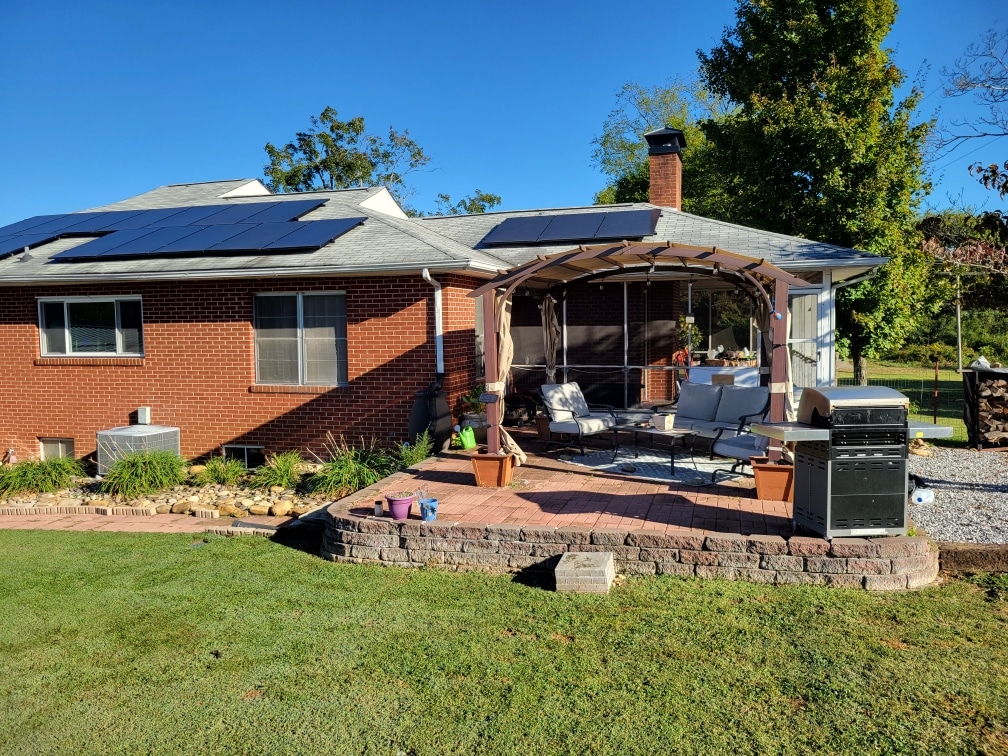Historic homes are treasured for their architectural beauty, cultural significance, and rich history. While these homes offer charm and character, they often come with unique challenges when it comes to energy efficiency and sustainability. In this blog post, we'll explore how solar energy can be integrated into historic homes, preserving their past while powering a more sustainable future.
Preserving Architectural Integrity:
One of the primary concerns when considering solar energy for historic homes is preserving their architectural integrity. Many historic homes feature distinctive rooflines, intricate details, and traditional materials that contribute to their aesthetic appeal. Fortunately, advancements in solar technology have made it possible to integrate solar panels seamlessly into historic structures without compromising their visual appeal.
Customized Solar Solutions:
When designing solar energy systems for historic homes, customization is key. Solar panels can be installed discreetly on rooftops, integrated into existing structures such as awnings or pergolas, or even incorporated into the landscape. By working with experienced solar professionals who understand the unique needs of historic properties, homeowners can ensure that solar installations complement rather than detract from the home's character.
Energy Efficiency and Cost Savings:
In addition to preserving the historic charm of these homes, solar energy offers practical benefits such as increased energy efficiency and cost savings. By harnessing the power of the sun, homeowners can reduce their reliance on traditional energy sources, lower utility bills, and even generate surplus energy to sell back to the grid. Over time, the savings from solar energy can help offset the initial investment in solar panels, making it a financially viable option for historic homeowners.
Environmental Responsibility:
Beyond the immediate benefits to homeowners, solar energy also contributes to broader environmental goals. By reducing reliance on fossil fuels and lowering carbon emissions, solar-powered historic homes play a role in mitigating climate change and promoting environmental sustainability. Preserving these architectural treasures while embracing renewable energy aligns with principles of stewardship and responsible living for future generations.
Community Engagement and Education:
Integrating solar energy into historic homes also provides an opportunity for community engagement and education. Historic homeowners can serve as ambassadors for sustainable living, sharing their experiences and insights with neighbors, preservation groups, and local historical societies. By showcasing the compatibility of solar energy with historic preservation, these homeowners inspire others to consider renewable energy solutions for their own properties.
Conclusion:
Solar energy offers a promising pathway for historic homeowners to preserve the past while embracing a more sustainable future. By carefully integrating solar panels into their properties, homeowners can enhance energy efficiency, reduce utility costs, and contribute to environmental conservation efforts. As stewards of these cherished landmarks, historic homeowners have a unique opportunity to lead by example and demonstrate the compatibility of tradition and innovation in building a brighter tomorrow.

